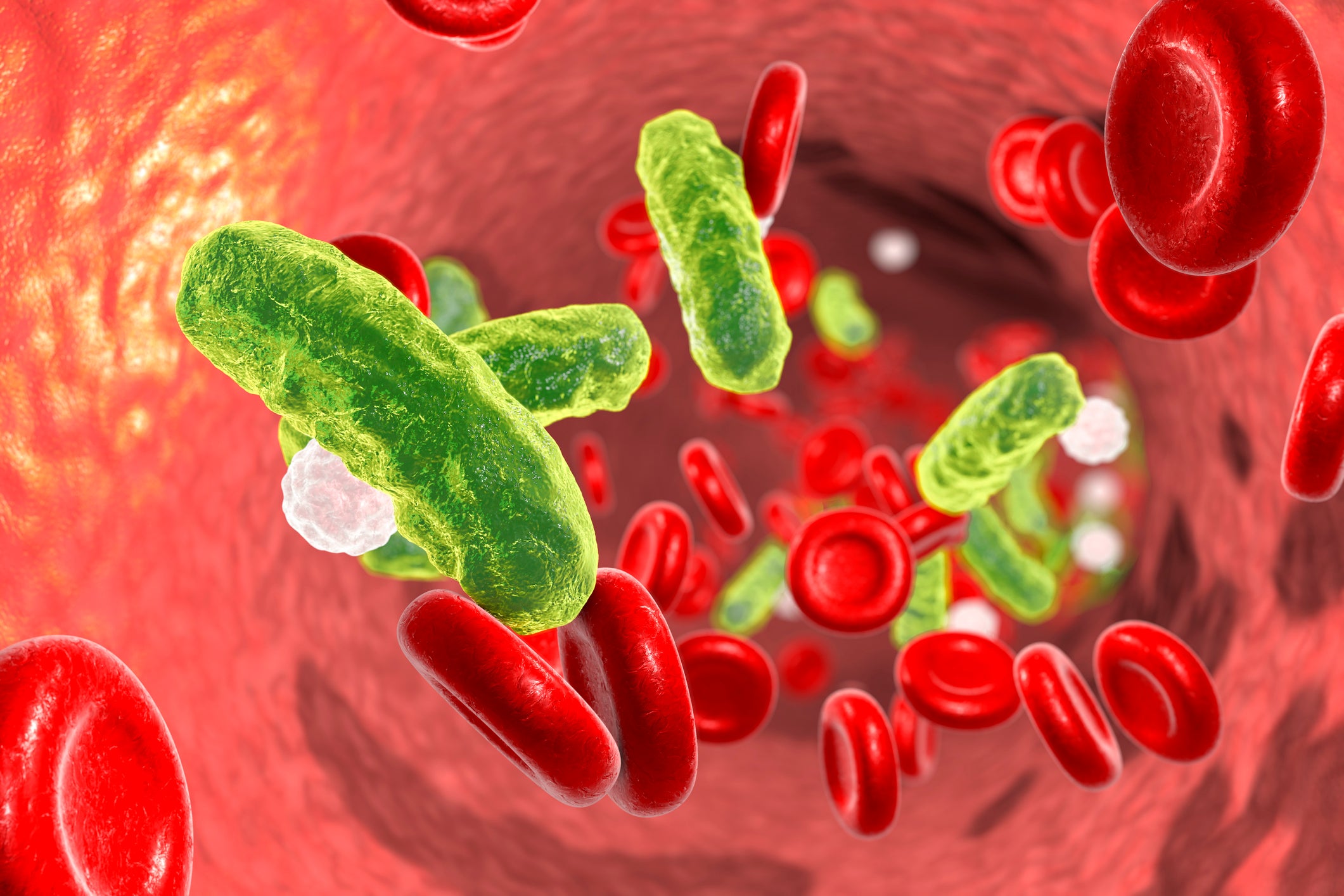World Sepsis Day: What is the condition and its symptoms?
Here is everything you need to know about sepsis

Sepsis is an illness that affects nearly 50 million people worldwide each year, with around 11 million deaths attributed to the condition.
In the United States, at least 1.7 million adults in the US develop sepsis annually, and nearly 270,000 die as a result, the Centres for Disease Control and Prevention (CDC) says. It affects 245,000 people in the UK each year, with around 48,000 deaths, according to the UK Sepsis Trust.
World Sepsis Day commemorated on 13th September every year, strives to raise global awareness of the life-threatening condition.
The day is seen as “an opportunity for people worldwide to unite in the fight against sepsis,” the Global Sepsis Alliance says.
Here is everything you need to know about sepsis:
What is sepsis?
Sepsis Research says when the condition strikes, the immune system “overreacts” and begins to attack the infection and everything else around it “including the body’s own tissues and organs.”
“Any type of infection — bacterial, viral or fungal — can lead to sepsis,” it adds.
When sepsis occurs, it can cause inflammation and cause blood clotting around the body, if it does not get treated, it can result in death, organ failure and tissue damage, CDC says.
Sepsis cannot be caught from another person, the NHS explains.
What are the symptoms?
The World Health Organisation (WHO) explains that the condition is a “medical emergency,” so if you think a person is exhibiting signs of sepsis or if you are showing signs – make sure you call 999 or go to the emergency room immediately.
According to WHO, common signs and symptoms include:
• Fever or low temperature and shivering
• Confusion
• Difficulty breathing
• Clammy or sweaty skin
• Extreme body pain or discomfort
• High heart rate, weak pulse or low blood pressure
• Low urine output
Symptoms in children include:
• Fast breathing
• Convulsions
• Pale skin
• Lethargy
• Difficulty waking up
• Feeling cold to touch
What are the causes?
The Mayo Clinic says any type of infection can lead to sepsis and those that more commonly cause the condition include infections of:
• Lungs, such as pneumonia
• Kidney, bladder and other parts of the urinary system
• Digestive system
• Bloodstream
• Catheter sites
• Wounds or burns
“Sepsis often presents as the clinical deterioration of common and preventable infections such as those of the respiratory, gastrointestinal and urinary tract, or of wounds and skin. Sepsis is frequently under-diagnosed at an early stage - when it still is potentially reversible,” the Global Sepsis Alliance says.
Who is most at risk?
The people most at risk of the condition, according to Mayo Clinic, are:
• People with lower immune response, such as those being treated for cancer
• People with human immunodeficiency virus (HIV).
• People with chronic diseases such as diabetes kidney disease or chronic obstructive pulmonary disease (COPD).
• people who are in intensive care or longer hospital stays.
• People over the age of 65
• Infants
How many cases are there globally?
The WHO says a scientific publication estimated that in 2017 there were 48.9 million cases and 11 million sepsis-related deaths worldwide, which accounted for almost 20 per cent of all global deaths.
That same year, almost half of all global sepsis cases occurred among children with an estimated 20 million cases and 2.9 million global deaths in children under 5 years of age.
How can it be prevented?
The Global Sepsis Alliance says the best to to avoid sepsis is by preventing infection.
This can be done by undergoing vaccinations, ensuring that you only come into contact with clean water, washing your hands properly and if you are giving birth - making sure it is in a clean and sterilised environment.
Can sepsis be treated?
Sepsis can be treated with appropriate treatment such as antibiotics – this should be given as soon as possible.
The CDC says sometimes “surgery is required to remove tissue damaged by the infection”.
“Antibiotics are critical tools for treating life-threatening infections, like those that can lead to sepsis,” the CDC adds.



Join our commenting forum
Join thought-provoking conversations, follow other Independent readers and see their replies
Comments